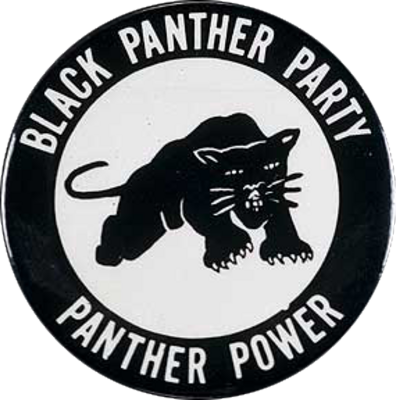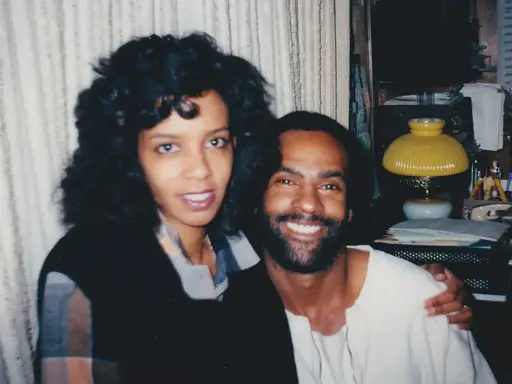Edit:
- added quotes for preview of article
Huey P. Newton, at 28 years old, was the leader of the Black Panther Party, one of the most influential social movements of the 1960s. When he’d been arrested in 1967, charged with killing a police officer, the group had only a few dozen members. His fellow Panthers eagerly took up his cause, insisting that Huey had been wrongly accused. The slogan “Free Huey” became a rallying cry, emblazoned on posters and buttons. Before long, Black Panther Party offices popped up all over the United States, and Huey became a revolutionary icon like Malcolm X and Che Guevara.
The Black Panther Party’s co-founder, Bobby Seale, once said that the group “came right out of Huey Newton’s head.” The two men met in 1961 as students at Merritt College in Oakland. Huey was eccentric, sometimes walking into class barefoot and soaked with rain. On the street with his drinking buddies, he’d deliver lectures on Plato’s cave allegory—the prisoners staring at shadows on the wall, afraid to go out into the sunlight. “The allegory seemed very appropriate to our own situation in society,” Huey later wrote in his 1973 autobiography. But no one around him knew quite what to make of it. “The dudes on the block still thought I was ‘out of sight’ and sometimes just plain crazy.”
Huey and Seale spent hours unpacking what had happened and discussing how no existing movement seemed to have the solution. They admired Malcolm X, but he’d been killed in February 1965 without leaving any clear plan of action. As for the Reverend Martin Luther King Jr., he’d come to Watts and tried to talk to the people, but the encounter left him grappling with the limits of his own nonviolent philosophy. “Urban riots are a special form of violence,” King explained at a 1967 conference of the American Psychological Association. “They are not insurrections. The rioters are not seeking to seize territory or to attain control of institutions. … Often the Negro does not even want what he takes; he wants the experience of taking.”
“The Panthers were incredibly media-conscious,” says Shames, who recently published two photo books about the group. He notes that their leather jackets projected toughness but also hipness. Their berets were inspired by the French resistance during World War II. Above all, the Panthers’ style conveyed power. At the time, white flower children were running away from their parents’ conventions and expectations, dressing in rags and wandering the streets of San Francisco. But the Black Panthers were responding to the chaos and helplessness that plagued their own community. They wanted to create a new Black stereotype that projected confidence and discipline.
The Panthers’ most visible effort was the Free Breakfast for Schoolchildren program, which served free hot breakfasts to as many as 20,000 students in 1969. The program caught the attention of FBI Director J. Edgar Hoover, who complained in a memo. “The resulting publicity tends to portray the BPP in a favorable light,” Hoover wrote, using the bureau’s typical shorthand for the group’s name, “and clouds the violent nature of the group and its ultimate aim of insurrection.”


